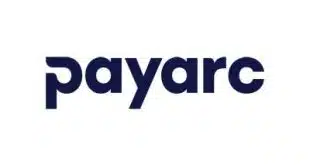As 2015 drew to a close, it became clear that the business of creating and processing tokens in place of actual card credentials has hit the big time. Three of the major general-purpose card networks—American Express Co., MasterCard Inc., and Visa Inc.—have now created so-called digital-enablement services that handle token services on behalf of card issuers. And digital-wallet services like Apple Pay, along with token specifications released in March 2014 by EMVCo, have helped propel tokenization onto center stage.
But if you’re a middling card issuer, or even a major one, is this a good thing? Recent research by Celent, a financial-services consulting firm, points to qualms among issuers about the hammerlock the big card networks have rapidly established as so-called token service providers (TSPs).
“Our discussions in the market indicate that a number of issuers and processors are not entirely convinced that they want to rely on networks as TSPs in the long term,” says a report authored by Zilvinas Bareisis, Celent’s London-based analyst.
Why so? Celent cites several reasons. While networks like Visa have made a big splash with free token service (so long as you process with Visa), skeptical issuers fear the networks may well slap on fees as digital-payment services become more established. And, because the TSPs must see all tokenized transactions, big operations with lots of on-us volume (issuing and acquiring under one roof) could face significant transaction fees even on on-us traffic.
Another potential threat lies in the way digital-wallet services—enabled by the TSPs—insert themselves between issuers and cardholders. With traditional plastic, this has been an intimate marketing connection for years, but with tokenization the plastic evaporates, and customers begin referring to their wallets rather than to the bank that issued their card.
Little wonder JPMorgan Chase & Co. in October unveiled its own wallet, Chase Pay, and lost no time hooking it up with CurrentC, a wallet controlled by a consortium of retailers also concerned about losing touch with customers.
Relief may come in the form of competition. Mathematically, there’s room for upwards of 1,000 TSPs. There likely won’t be that many organizations with the technical chops to fill this new role, but Celent figures the market will ultimately draw in more players. That could help keep a lid on pricing and offer a wider array of services. Indeed, Bareisis foresees the emergence of a sort of token gateway provider, what he calls a token requestor aggregator, that will link token requestors—players like Apple Pay or Android Pay—with TSPs created by issuers and processors.
No one should fear competition—except perhaps those seeking rents from new market.
—John Stewart, Editor, john@digitaltransactions.net





